5 things to consider when renovating an old house
My neighbour inherited a 1920s trans villa from her mother, and asked me whether it was worth restoring or whether should she bowl it and build new. My answer after checking out the old place was an emphatic “restore it, but take heed of these tips.” Here’s what I advised her.

1. Keep in character with the rest of the neighbourhood
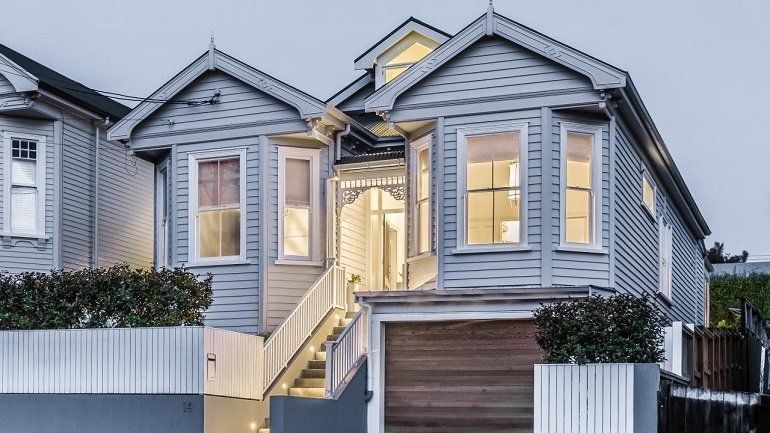
2. Retain the features that tell your home's story
Every older home, whether it be a villa, bungalow or even an early state home, has its own unique story. The home below is a definite case in point. It’s not a New Zealand home, but the childhood summer home of Jacqueline Kennedy Onassis in East Hampton, New York. Built in 1917, it has some amazing stories—and the new Manhattan-based owners were determined to keep them intact. “I think we enjoy the process of bringing a house back to what it was more than the end product itself,” Delphine Krakoff says. “We were very disciplined about getting rid of whatever wasn’t house-appropriate and bringing in things that were.”
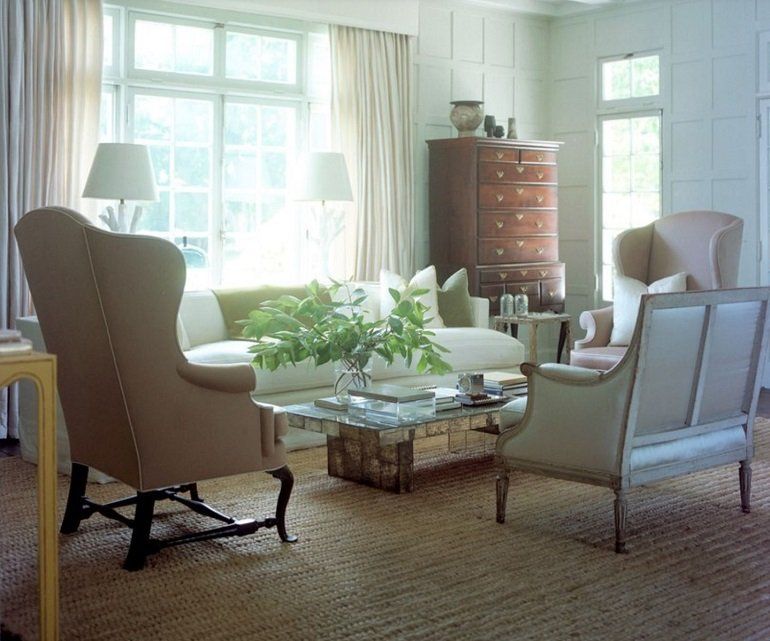
3. Focus on the structure first
The most common difference between renovating an old home and a more modern one is that before you start slapping on a coat of paint, you’re going to have to get your local Pzazz Builder in to check the underlying structure. And often it’s more practical and economical during the renovation to replace rather than repair archaic piping and electrical wiring—after all, a flood or fire once you’ve finished could be a massively expensive and heart-breaking exercise.
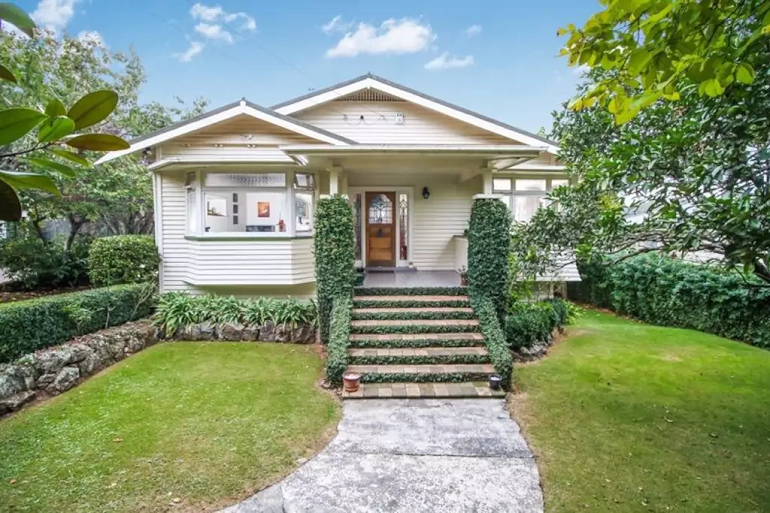
4. Look for hidden potential
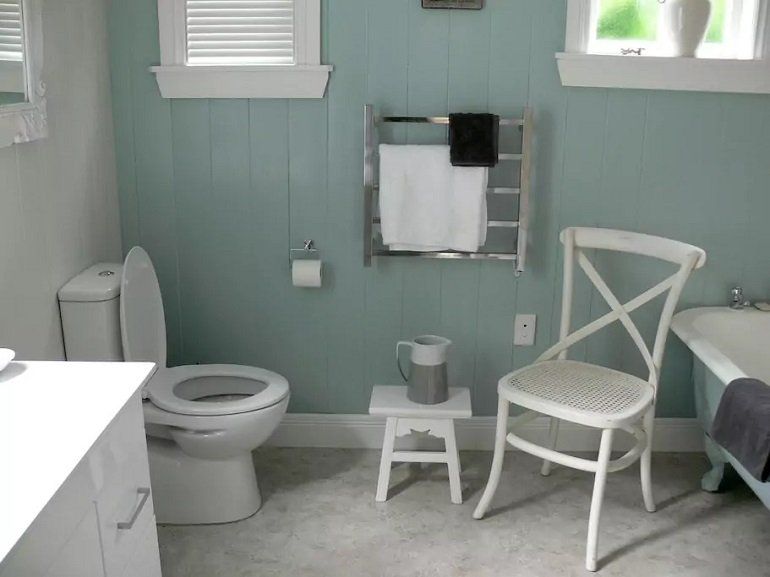
5. Open up to a whole new world
Just because a home has heritage doesn’t mean it was ever a great place to live. Many older homes had small, dark rooms because back in the day, they were easier to heat. The home you see above was like that—until the new owners told the renovators to take a sledgehammer to the walls. The result is a lighter, more open living space that still retains the home’s original character and charm.
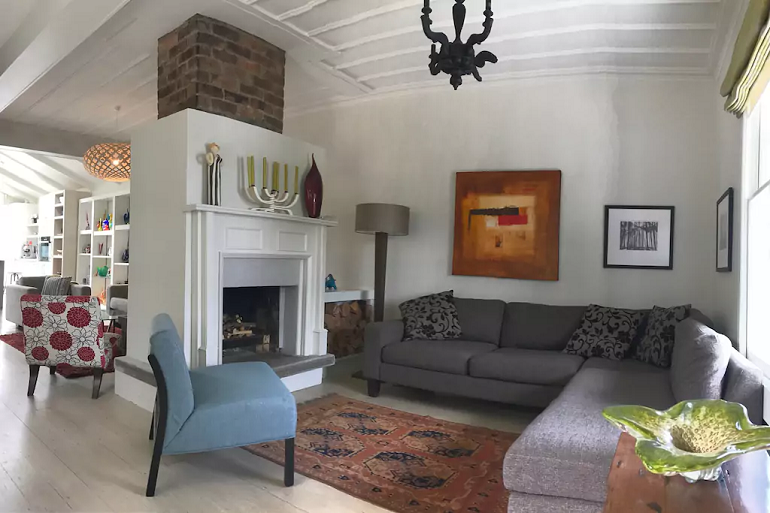
Thinking of buying an older home or doing up your current one? Contact us to arrange for a free no-obligation In-home Consultation from your local Pzazz Building owner. He or she will chat with you about your ideas and give you sound advice on what’s possible.
See below to download your free informative e-books and subscribe to our monthly informative and thought provoking ezine
Subscribe to our Come Alive! Newsletter
It's FREE and comes to you via email every month providing informative articles, tips and ideas!
Newsletter Form
We will get back to you as soon as possible.
Please try again later.
Visit our FREE E - Library
Have you thought about renovating but don't know where to start?Browse and download a variety of E-Books and other resources that cover tips and tricks, latest trends and breakdown the renovation process.
What we do:
Back to:


